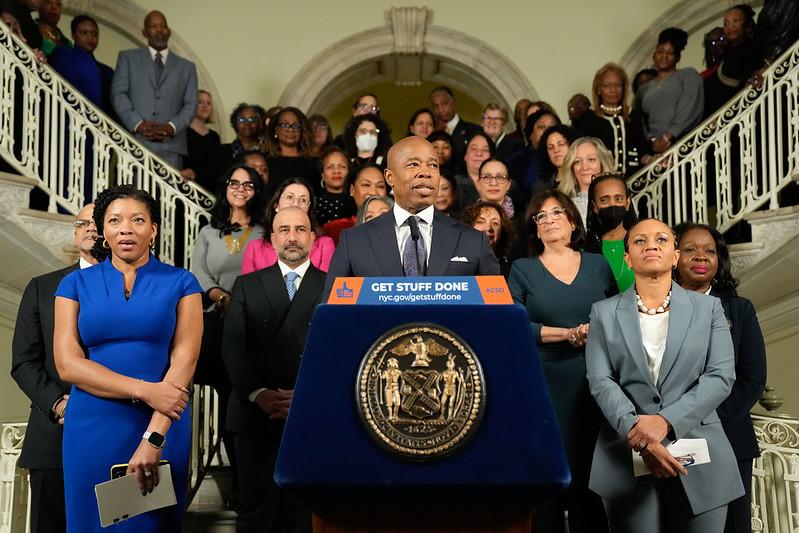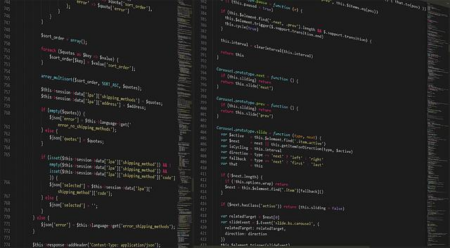Evaluating the Adams Administration: Progress and Challenges in New York City Governance
Addressing Economic Disparities through Innovative Social Initiatives
The Adams administration has made significant strides in narrowing economic gaps by implementing a variety of social programs aimed at empowering New Yorkers from diverse backgrounds. Central to these efforts are ambitious affordable housing developments designed to secure stable residences for thousands of families facing financial hardship. Complementing this, specialized workforce training initiatives focus on equipping residents with skills relevant to rapidly growing sectors such as renewable energy and digital technology. These programs not only provide immediate relief but also foster long-term economic advancement.
Highlights of key social initiatives include:
- Affordable Housing Growth: Plans to deliver over 15,000 new affordable units within five years.
- Workforce Skill Development: Apprenticeships and workshops targeting green tech and IT industries.
- Enhanced Community Health Services: Expanded mental health resources in historically underserved neighborhoods.
- Financial Education Campaigns: Programs designed to improve residents’ budgeting, credit management, and savings habits.
| Program | Beneficiaries | Expected Outcomes |
|---|---|---|
| Affordable Housing | Low-income households | Stable housing for approximately 75,000 individuals |
| Job Training | Unemployed adults | Employment rates projected to rise by 18% |
| Health Services | Marginalized communities | 30% increase in mental health service utilization |
| Financial Literacy | Citywide residents | Personal savings improved by 25% |
Building Safer Neighborhoods through Community-Centered Policing
Public safety remains a top priority for the Adams administration, which has embraced community policing as a vital strategy to enhance trust between law enforcement and residents. By fostering transparency and encouraging active collaboration, the city aims to reduce crime and alleviate public fears. Officers are increasingly embedded within neighborhoods, engaging with local leaders, schools, and organizations to develop crime prevention tactics tailored to each community’s unique circumstances.
Core elements of this approach include:
- Localized Policing Teams: Officers assigned to specific neighborhoods to cultivate ongoing relationships.
- Community Advisory Panels: Platforms for residents to influence public safety policies.
- Youth Outreach Programs: Initiatives designed to build positive connections and deter juvenile delinquency.
| Initiative | Impact | Implementation Status |
|---|---|---|
| Neighborhood Policing | 35% boost in community trust levels | Expanded citywide |
| Community Advisory Boards | Regular resident input shaping policies | Active in 45 neighborhoods |
| Youth Engagement | 25% decline in juvenile arrests | Ongoing with increased funding |
Advancing Sustainable Urban Development through Infrastructure Investment
Looking ahead, New York City’s resilience and growth depend heavily on strategic infrastructure investments that emphasize sustainability and community well-being. The Adams administration has prioritized projects that blend innovative technology with environmental stewardship, ensuring safer streets, enhanced transit systems, and modernized utilities across all boroughs. Noteworthy initiatives include expanding bike networks, upgrading aging water infrastructure, and reinforcing coastal defenses to mitigate climate risks.
Key focus areas include:
- Intelligent Transit Solutions: Utilizing real-time data to streamline bus routes and shorten commute durations.
- Renewable Energy Upgrades: Installing solar panels and wind turbines on municipal properties to reduce carbon emissions.
- Equity-Driven Design: Prioritizing projects that improve accessibility and serve historically marginalized communities.
| Project | Objective | Progress |
|---|---|---|
| East River Waterfront Enhancement | Flood mitigation and recreational space | In progress |
| Bronx Water Infrastructure Renewal | Improved clean water access | Completed |
| Queens Transit Signal Upgrade | Reduced travel times | Planning phase |
Strategic Recommendations for Expanding Affordable Housing and Transit Equity
To foster inclusive growth, the administration should intensify efforts to increase affordable housing availability while safeguarding existing communities from displacement. This can be achieved by boosting investments in mixed-income developments and utilizing public land for affordable housing projects. Strengthening tenant rights and expediting approval processes for affordable units will further promote equitable housing access. Recommended actions include:
- Mandating inclusionary zoning policies in new construction projects.
- Offering incentives to developers for preserving and renovating affordable housing stock.
- Collaborating with community groups to ensure fair resource allocation.
Equally important is enhancing public transit connectivity to link low-income neighborhoods with employment hubs and essential services. Investments should focus on expanding routes, improving accessibility for people with disabilities, and implementing fare reforms to make transit more affordable for vulnerable populations. Priorities include:
- Extending bus and subway coverage in underserved areas.
- Upgrading infrastructure to meet accessibility standards.
- Revising fare structures to reduce financial barriers.
| Metric | Current Level | Target Goal |
|---|---|---|
| Affordable Housing Units Built Annually | 8,500 | 12,000+ |
| Transit Coverage in Low-Income Areas (%) | 65% | 85% |
| Average Commute Duration (minutes) | 45 | 35 |
Conclusion: Navigating the Path Forward for an Inclusive New York City
As the Adams administration reaches the midpoint of its tenure, its report card reveals a city government increasingly responsive to the multifaceted needs of its residents. While obstacles persist, notable advancements in affordable housing, public safety, and economic revitalization demonstrate a pragmatic and inclusive governance approach. Sustaining this momentum and proactively addressing emerging challenges will be essential to shaping a municipal government that effectively serves all New Yorkers.













